The 7 Categories Of Additive Manufacturing
Description
In additive manufacturing, commonly known as 3D printing, objects are produced layer by layer from a digital model. This process has improved industrial production and facilitates rapid prototyping and bespoke production for a wide range of applications. The procedure is divided into seven main categories, each with distinct methods and benefits. These categories comprise VAT Photopolymerisation, Material Jetting, Binder Jetting, Material Extrusion, Powder Bed Fusion, Sheet Lamination and Directed Energy Deposition.
VAT Photopolymerisation
VAT Photopolymerisation is an established 3D printing method in which liquid resin is cured by ultraviolet (UV) light and converted into a solid layer by layer. This approach utilises a vat of liquid photopolymer resin that is selectively exposed to UV light via a projector or laser. Initially, a thin resin layer is applied and cured with the UV light source. Subsequently, the build platform is lowered to provide space for the next layer. This process continues until the model is complete.
This category is employed in sectors such as jewellery manufacturing, dentistry and prototyping, where high resolution and fine details are required.
Material Jetting
Material Jetting functions in a manner analogous to inkjet printing, except that materials deposited solidify upon curing. In this method, small droplets of material, typically photopolymer, are deposited by several print heads onto the target surface. Each layer is cured using UV light and bonds with the preceding layer.
Material Jetting delivers high precision and is used for the production of prototypes, moulds and models with intricate details and smooth surfaces. The process can deposit more than one material simultaneously, thereby allowing the production of parts composed of multiple materials.
Binder Jetting
Binder Jetting is a powder-based 3D printing method in which a binder is applied to join powder particles layer by layer. A print head selectively deposits a liquid binder onto the surface of a powder bed. The binder causes the powder particles to adhere and form a solid layer. After each layer is deposited, the build platform is lowered and additional powder is applied.
This technique is typically applied to metal, sand or ceramic powders. Because it permits the production of large parts with complex geometries, Binder Jetting is used for casting patterns, the production of metal components and architectural models.
Material Extrusion
Material Extrusion is one of the best known 3D printing methods, popularised by technologies such as Fused Deposition Modelling (FDM). In this process, a filament material, for example a thermoplastic, is extruded through a heated nozzle. The material is deposited layer by layer, with each layer bonding to the one below as it cools and solidifies.
Material Extrusion is widely used in industries such as automotive, consumer goods and aerospace. The method is appreciated for its operational simplicity, cost effectiveness and the availability of a broad range of materials, including plastics such as ABS and PLA.
Powder Bed Fusion
Powder Bed Fusion (PBF) is a method in which a laser or electron beam is used to selectively melt and fuse powder particles in a material bed. A thin layer of powder is spread over the build platform and then selectively fused by a laser or electron beam according to the digital design.
PBF is most commonly employed with metal powders such as stainless steel, titanium or aluminium, and it is well suited to producing highly complex, functional parts. This method is used in sectors including aerospace, medical devices and tooling because it delivers parts with the required material properties such as strength and durability.
Read more: Additive Manufacturing (AM) & Powder Bed Fusion (PBD)
Sheet Lamination
Sheet Lamination is a 3D printing technique in which thin sheets of material, such as paper or metal, are bonded together and cut into shape with each layer. The sheets are joined using an adhesive or heat, and the cutting is usually performed with a laser or a mechanical process to define the shape of each layer.
This method is acknowledged for its cost efficiency and speed, particularly when using paper or composite materials. Sheet Lamination is used for producing models, prototypes and in certain applications within the aerospace and automotive industries.
Directed Energy Deposition
Directed Energy Deposition (DED) is an additive manufacturing process in which focussed thermal energy, for example from a laser or electron beam, is used to melt the feedstock material—usually in powder or wire form—as it is deposited onto a surface. The material solidifies upon cooling, thereby building the object layer by layer.
DED is typically applied in the repair and maintenance of metal components and can also be used to produce large, complex parts in industries such as aerospace, defence and tooling. Its ability to work with various metal alloys makes it suitable for applications where precise material properties are required.
Table: Comparison of the Seven Categories of Additive Manufacturing
|
Category |
Primary Material |
Employed Technology |
Common Applications |
|
VAT Photopolymerisation |
Photopolymer Resin |
Curing with UV Light |
Prototyping, Dental, Jewellery |
|
Material Jetting |
Photopolymer, Wax |
Inkjet-like Deposition, UV Curing |
Prototypes, Moulds, Multimaterial Parts |
|
Binder Jetting |
Metals, Sand, Ceramics |
Binder Deposition, Powder Bed |
Metal Components, Casting Patterns, Architectural Models |
|
Material Extrusion |
Thermoplastic Plastics (e.g. PLA, ABS) |
Extrusion through Heated Nozzle |
Consumer Goods, Automotive, Aerospace |
|
Powder Bed Fusion |
Metal and Plastic Powders |
Laser or Electron Beam Melting |
Aerospace, Medical, Tooling |
|
Sheet Lamination |
Paper, Metal Sheets |
Bonding, Cutting |
Prototypes, Automotive, Aerospace |
|
Directed Energy Deposition |
Metal (Powder, Wire) |
Laser/Electron Beam Deposition |
Aerospace, Defence, Repair |
Further applications and related products can be found at Stanford Advanced Materials (SAM).
Frequently Asked Questions
What is the difference between VAT Photopolymerisation and Material Jetting?
In VAT Photopolymerisation, a UV light source is used to cure liquid resin, whereas in Material Jetting, droplets of photopolymer material are deposited and cured with UV light.
Can Material Extrusion be used for metals?
Material Extrusion is primarily used for thermoplastic materials. However, specialised systems can process metal composite materials.
Why is Binder Jetting suitable for metal components?
Binder Jetting permits the production of complex metal parts from metal powders. These parts are subsequently sintered to enhance strength, making the process appropriate for metal fabrication.
Why is the Powder Bed Fusion process popular in aerospace?
Powder Bed Fusion enables the production of complex metal parts with high strength. This method meets the strict requirements of the aerospace sector.
What is the advantage of Directed Energy Deposition in metal repair?
Directed Energy Deposition allows for the local repair of metal components by precisely melting and adding material, thereby addressing the repair needs in aerospace and other high-performance industries.

 Bars
Bars
 Beads & Spheres
Beads & Spheres
 Bolts & Nuts
Bolts & Nuts
 Crucibles
Crucibles
 Discs
Discs
 Fibers & Fabrics
Fibers & Fabrics
 Films
Films
 Flake
Flake
 Foams
Foams
 Foil
Foil
 Granules
Granules
 Honeycombs
Honeycombs
 Ink
Ink
 Laminate
Laminate
 Lumps
Lumps
 Meshes
Meshes
 Metallised Film
Metallised Film
 Plate
Plate
 Powders
Powders
 Rod
Rod
 Sheets
Sheets
 Single Crystals
Single Crystals
 Sputtering Target
Sputtering Target
 Tubes
Tubes
 Washer
Washer
 Wires
Wires
 Converters & Calculators
Converters & Calculators
 Write for Us
Write for Us
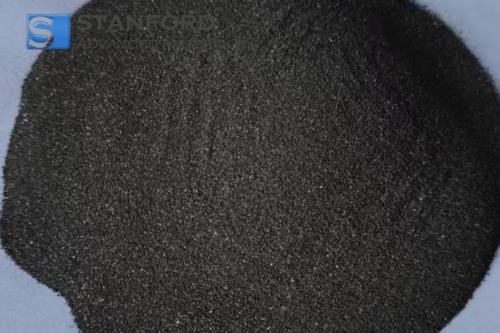
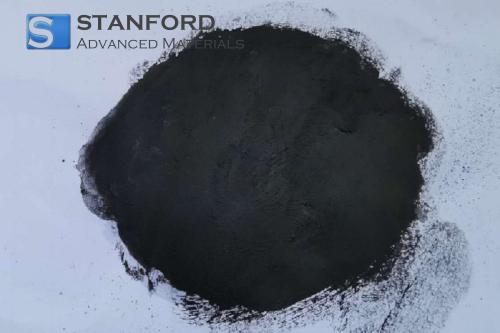
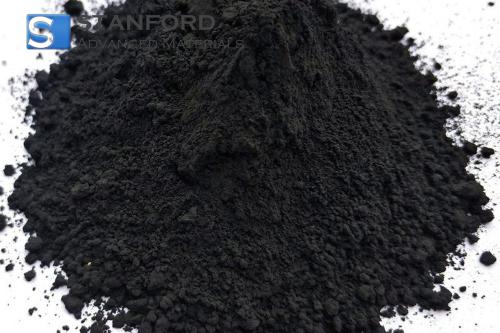
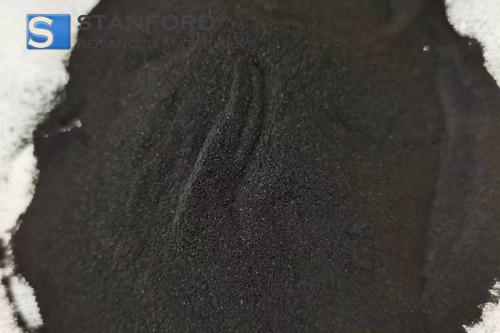
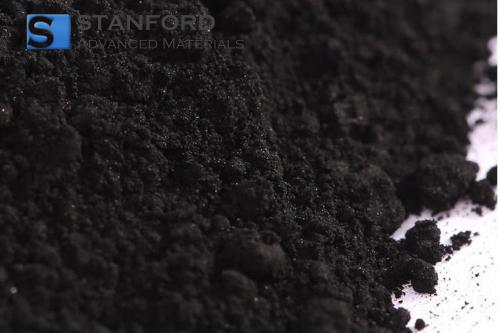
 Chin Trento
Chin Trento



